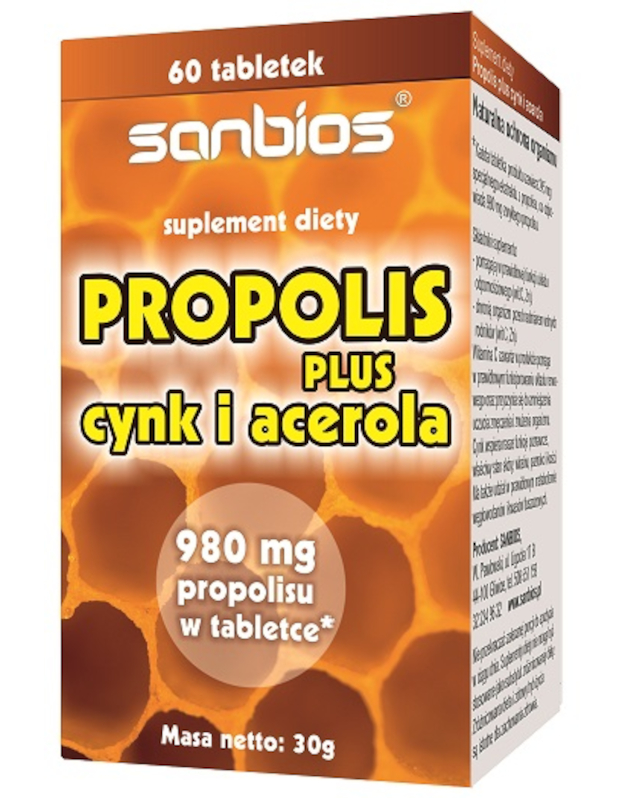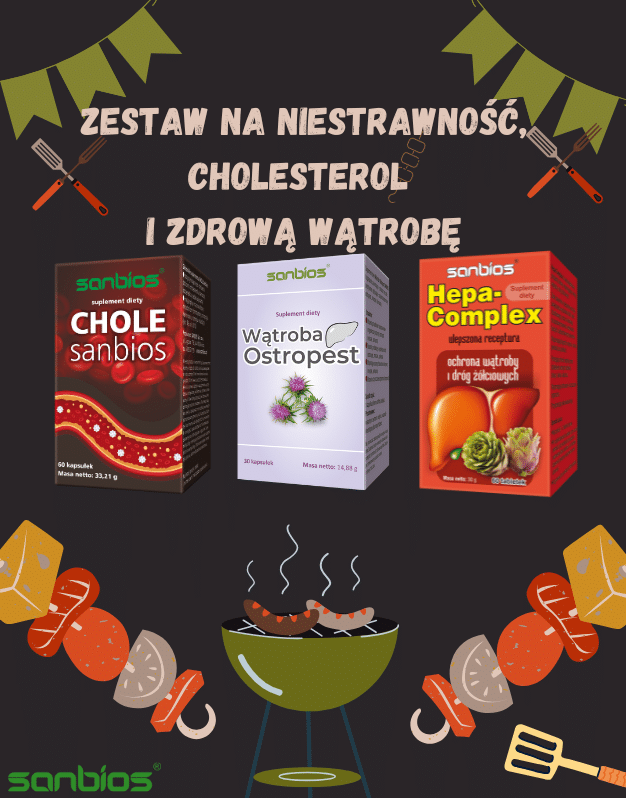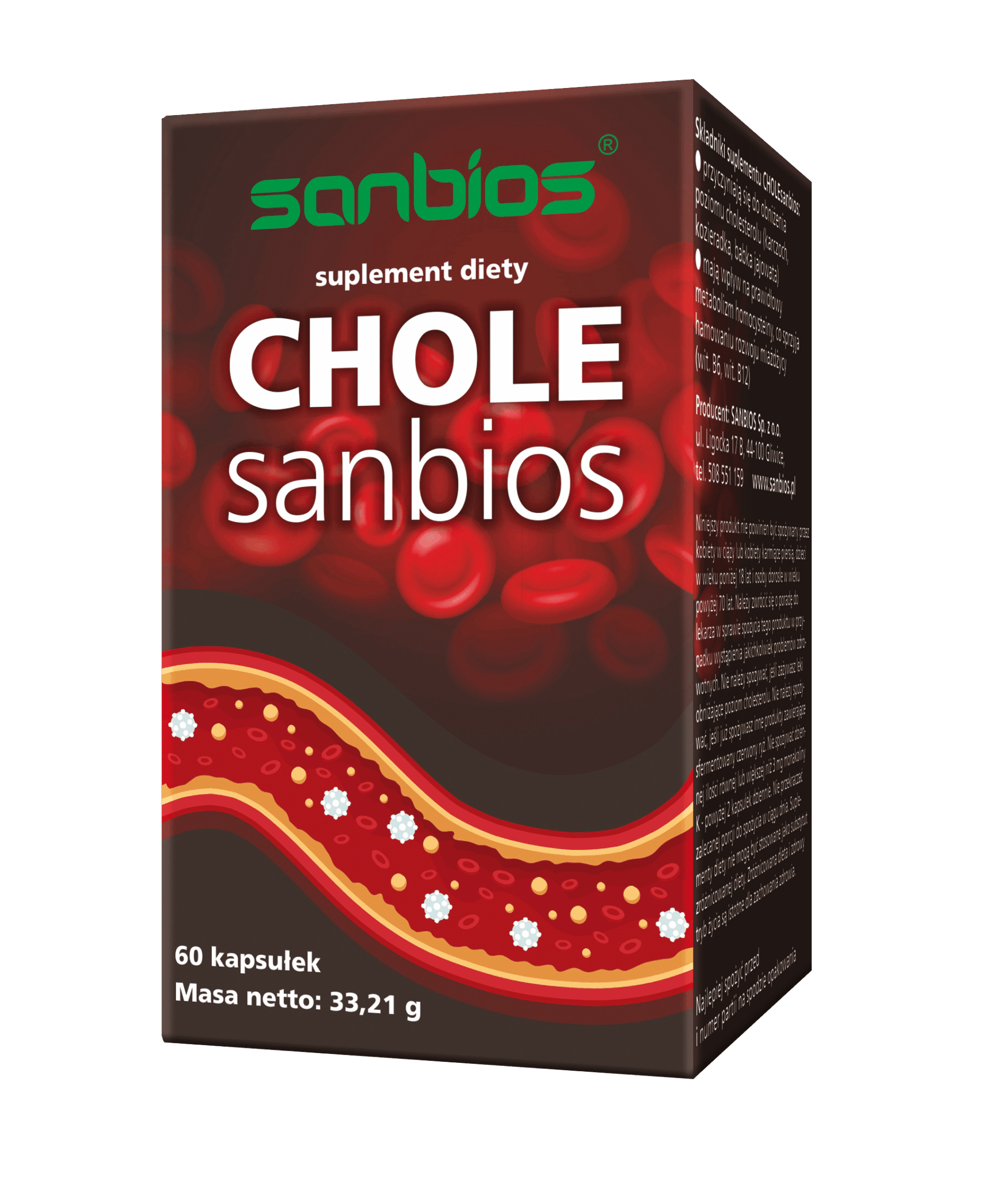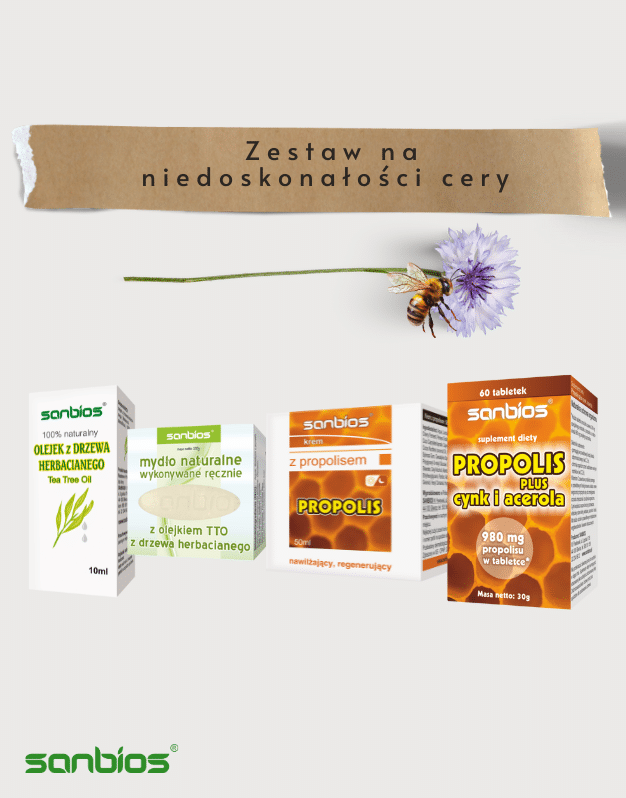Propolis Plus
28,50 zł
Poprzednia najniższa cena: 28,50 zł.
PROPOLIS Plus Cynk i Acerola
>>> Naturalna ochrona organizmu <<<
Tabletki z ekstraktem z propolisu wzbogacone cynkiem i acerolą. Skuteczne w walce z przeziębieniem, poprawiają funkcjonowanie układu odpornościowego, chronią organizm przed nadmiarem wolnych rodników.
Zwartość: 60 tabl. po 500 mg
Masa netto: 30 g
Suplement diety SANBIOS
Wykaz składników: ekstrakt z propolisu, ekstrakt z owocu aceroli, mleczan cynku, subst. przeciwzbrylajaca – sole magnezowe kwasów tłuszczowych.
Zawartość substancji aktywnych i odżywczych w dziennej porcji produktu tj. 2 tabletki:
- propolis ( ekstrakt 4:1) – 490 mg / RWS* – nie ustalono
- naturalna wit. C ( z aceroli) – 111 mg / RWS* 139 %
- cynk (Zn) – 13,8 mg / RWS* 139 %*RWS – % referencyjnych wartości spożycia
Każda tabletka produktu zawiera 245 mg specjalnego ekstraktu z propolisu, co odpowiada 980 mg zwykłego propolisu.
Sposób użycia: najczęściej : 2 x 1 tabletka dziennie, obficie popijając
Składniki suplementu PROPOLIS Plus Cynk i Acerola:
- pomagają w prawidłowej funkcji układu odpornościowego (wit C, Zn)
- chronią organizm przed nadmiarem wolnych rodników (wit.C, Zn)
Witamina C zawarta w produkcie pomaga w prawidłowym funkcjonowaniu układu nerwowego oraz przyczynia się do zmniejszenia i znużenia organizmu.
Cynk wspiera nasze funkcje poznawcze , właściwy stan skóry, włosów, paznokci i kości. Ma także udział w prawidłowym metabolizmie węglowodanów i kwasów tłuszczowych.
Propolis wykazuje potencjał antybakteryjny, przeciwirusowy i przeciwzapalny
Przechowywać: w suchym, ciemnym miejscu, w sposób niedostępny dla małych dzieci.
Nie należy przekraczać zalecanej porcji do spożycia w ciągu dnia.
Suplementy diety nie mogą być stosowane jako substytut zróżnicowanej diety.
Zróżnicowana dieta i zdrowy tryb życia są istotne dla zachowania zdrowia.
Zróżnicowany i zbilansowany sposób żywienia jest podstawowym warunkiem dobrego zdrowia, a pojedyncze produkty mają relatywne znaczenie w kontekście całego sposobu żywienia.
Wyprodukowano w Polsce.
Producent: SANBIOS Sp.z o.o ul. Ligocka 17 B, 44-100 Gliwice, www.sanbios.pl
Informujemy, że od dnia 01.01.2022 firma Sanbios Wojciech Pawłowski przekształcona została w SANBIOS Sp.z o.o.
Po więcej ciekawostek na temat naszej aceroli zapraszamy do zakładki BLOG!
____________________________________________________________________________________
____________________________________________________________________________________
INFORMACJE OGÓLNE
W skład propolisu wchodzą między innymi: żywice, wosk pszczeli, wosk roślinny, olejki eteryczne 14 , pyłek kwiatowy, substancje garbnikowe, terpeny, flawony, kwasy organiczne, substancje lipidowo-białkowe, pierwiastki, takie jak wapń, mangan, magnez, cynk, cyna, miedź, krzem, żelazo, glin, srebro, sód, potas, chrom, stront, bar, kadm, wanad, tytan oraz witaminy: prowitamina A, wit. B1, wit. B2, B5, B6, C, D, E.
Dotychczas udało się wyodrębnić ponad 300 substancji wchodzących w skład propolisu. Najważniejsze z nich to: flawonoidy, związki fenolowe, alkohole, kumaryny, monoterpeny, triterpeny i seskwiterpeny, sterole, kwasy tłuszczowe, węglowodany, enzymy. Największą aktywność biologiczną przypisuje się flawonoidom, estrom aromatycznym oraz terpenom.
Propolis has gained wide popularity over the last decades in several parts of the world. In parallel, the literature about propolis composition and biological properties increased markedly. A great number of papers have demonstrated that propolis from different parts of the world is composed mainly of phenolic substances, frequently flavonoids, derived from plant resins. Propolis has a relevant role in increasing the social immunity of bee hives. Experimental evidence indicates that propolis and its components have activity against bacteria, fungi, and viruses. Mechanisms of action on bacteria, fungi, and viruses are known for several propolis components. Experiments have shown that propolis may act synergistically with antibiotics, antifungals, and antivirus drugs, permitting the administration of lower doses of drugs and higher antimicrobial effects. The current trend of growing resistance of microbial pathogens to the available drugs has encouraged the introduction of propolis in therapy against infectious diseases. Because propolis composition is widely variable, standardized propolis extracts have been produced. Successful clinical trials have included propolis extracts as medicine in dentistry and as an adjuvant in the treatment of patients against COVID-19. Present world health conditions encourage initiatives toward the spread of the niche of propolis, not only as traditional and alternative medicine but also as a relevant protagonist in anti-infectious therapy. Production of propolis and other apiary products is environmentally friendly and may contribute to alleviating the current crisis of the decline of bee populations. [1]
There is a significant volume of research on propolis that shows that it is able to help in the control of diabetes by lowering glucose levels, MDA, and pro-inflammatory cytokines, and assisting in weight loss. Furthermore, it enhances serum insulin levels, the translocation of GLUT-4, and the function of antioxidant enzymes, in addition to protecting cells and pancreatic function. In obesity, propolis has also shown benefits, with in vitro and animal models providing evidence that it induces the transcription of adiponectin and leptin, reduces the mass of visceral adipose tissue, and regulates the levels of triglycerides, non-esterified fatty acids, and cholesterol. Another relevant aspect for propolis is the data obtained on its antitumor effects related to the inhibition of the cell cycle, apoptosis, proliferation, viability, growth, and cell migration; it is notable that many of these activities continue to have selectivity towards tumor cells without affecting non-tumor cells. [2]
Acerola is one of the richest natural sources of ascorbic acid and contains a plethora of phytonutrients like carotenoids phenolics, anthocyanins, and flavonoids. There is an upsurge of interest in this fruit among the scientific community and pharmaceutical companies over the last few years. The fruit contains an exorbitant amount of ascorbic acid in the range of 1500–4500 mg/100 g, which is around 50–100 times than that of orange or lemon. Having a reservoir of phytonutrients, the fruit exhibits high antioxidant capacity and several interesting biofunctional properties like skin whitening effect, anti-aging and multidrug resistant reversal activity. In spite of possessing an enriched nutrient profile with potent “functional food” appeal, acerola is underutilized in large part of the globe and demands greater attention. [3]
Zinc is essential for survival and zinc deficiency is linked to a variety of adverse conditions including growth retardation, impaired immune function, improper skin and bone formation and repair, as well as cognitive disfunction. Mutations in the principal zinc importer in the gut, lead to acrodermatitis enteropathica, a zinc-deficiency disease characterized by failure to thrive, severe dermatitis, hair loss, and diarrhea, which can be lethal if left untreated. These severe outcomes are largely due to the impact of the essential structural and enzymatic functions of protein-bound zinc. In fact, an estimated 10% of the human genome encodes zinc-binding proteins that serve a diverse and rich array of biological roles. Zinc catalyzes reactions of all the major classes of enzymes and stabilizes zinc-finger proteins, whose functions include transcriptional activation, protein folding, and RNA regulation. [4]
[1] Salatino A. Perspectives for Uses of Propolis in Therapy against Infectious Diseases. Molecules. 2022 Jul 19;27(14):4594. doi: 10.3390/molecules27144594. PMID: 35889466; PMCID: PMC9320184. [2] Rivera-Yañez N, Rivera-Yañez CR, Pozo-Molina G, Méndez-Catalá CF, Méndez-Cruz AR, Nieto-Yañez O. Biomedical Properties of Propolis on Diverse Chronic Diseases and Its Potential Applications and Health Benefits. Nutrients. 2020 Dec 29;13(1):78. doi: 10.3390/nu13010078. PMID: 33383693; PMCID: PMC7823938. [3] Prakash A, Baskaran R. Acerola, an untapped functional superfruit: a review on latest frontiers. J Food Sci Technol. 2018 Sep;55(9):3373-3384. doi: 10.1007/s13197-018-3309-5. Epub 2018 Jul 11. PMID: 30150795; PMCID: PMC6098779. [4] Krall RF, Tzounopoulos T, Aizenman E. The Function and Regulation of Zinc in the Brain. Neuroscience. 2021 Mar 1;457:235-258. doi: 10.1016/j.neuroscience.2021.01.010. Epub 2021 Jan 16. PMID: 33460731; PMCID: PMC7897305.
| Waga | 0,067 kg |
|---|---|
| Wymiary | 5,5 × 4,9 × 8,5 cm |
Polecane produkty
79,00 zł
Poprzednia najniższa cena: 79,00 zł.
36,00 zł
Poprzednia najniższa cena: 36,00 zł.
95,50 zł
Poprzednia najniższa cena: 95,50 zł.




